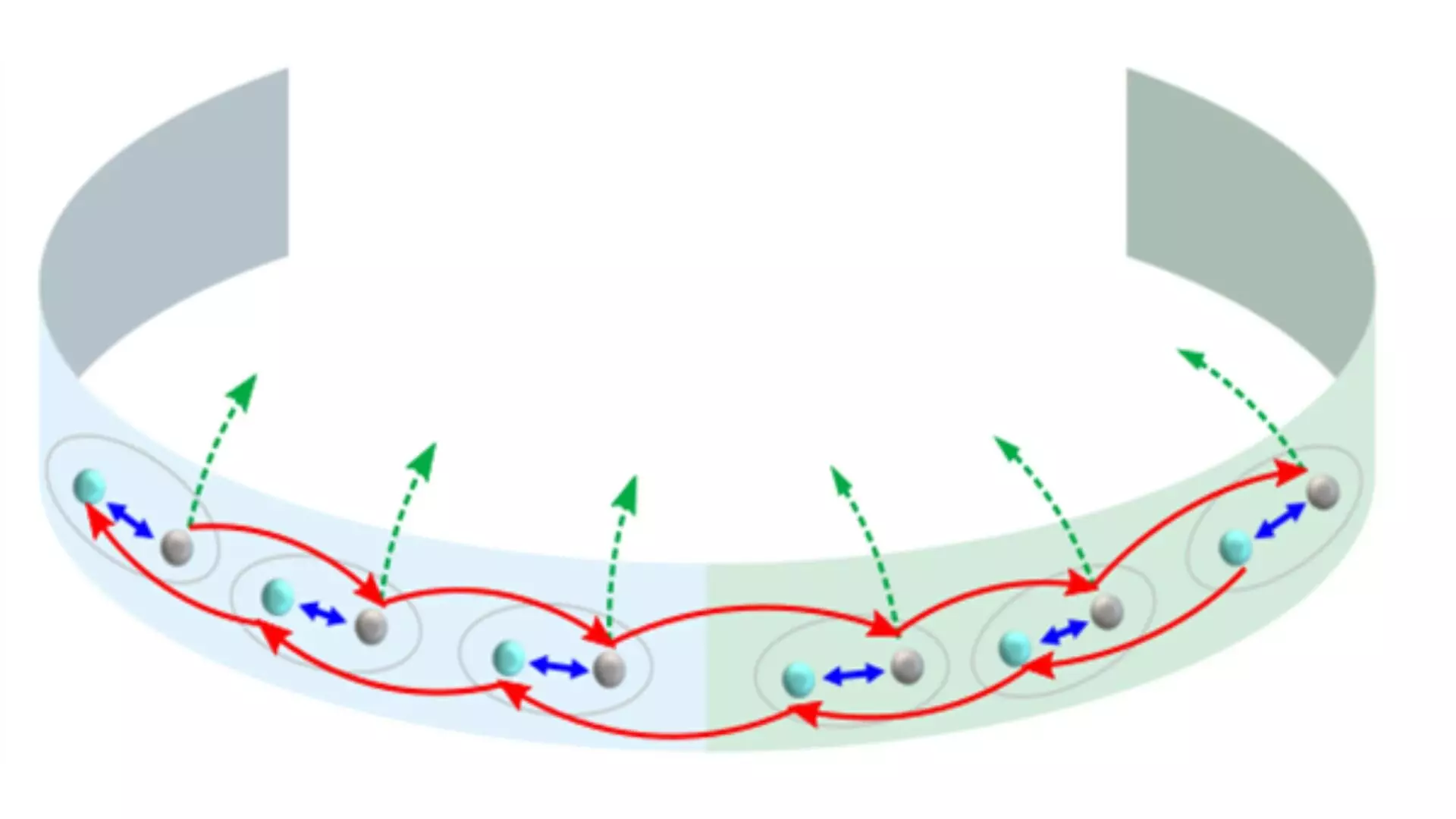Non-Hermitian systems have been gaining attention in recent years for their unique properties and their significance in understanding complex real-world systems. These systems, where operators are not equal to their Hermitian conjugates, exhibit a range of phenomena that are not present in Hermitian systems. One such phenomenon is the non-Hermitian skin effect (NHSE), which involves the accumulation of eigenstates at the edges or boundaries of the system. This effect, discovered by Prof. Zhong Wang and his team in an earlier study, sparked a wave of interest in exploring the dynamic behavior of non-Hermitian systems.
While previous studies have primarily focused on the static properties of non-Hermitian systems, such as the energy spectrum, the researchers in the Physical Review Letters study sought to investigate the dynamic phenomena associated with non-Hermitian edge bursts. By examining the real-time edge dynamics in non-Hermitian systems through a carefully designed photonic quantum walk setup, the team was able to shed light on the behavior of these systems in dynamic conditions.
The researchers used a one-dimensional quantum walk with photons to observe the edge burst phenomenon in action. By introducing photon loss mechanisms at the boundary using partially polarizing beam splitters, they were able to track the probability of photon loss at various positions and times. This allowed them to determine the conditions under which the non-Hermitian edge burst occurs.
The researchers identified two critical conditions that must be met for the non-Hermitian edge burst to occur. Firstly, the non-Hermitian skin effect must be present, indicating the accumulation of eigenstates near the edges. Secondly, the imaginary gap in the energy spectrum must be closed, signifying a decrease in the difference between the real and imaginary parts of the energy spectrum. The interplay between these two conditions highlights the complex relationship between static localization and dynamic evolution in non-Hermitian systems.
The experimental observation of real-time edge bursts in non-Hermitian systems not only provides valuable insights into the behavior of these systems but also opens up new avenues for research. The researchers believe that the spatial and spectral sensitivity of the edge burst could be harnessed for applications such as localized light harvesting or quantum sensing. Furthermore, their work lays the groundwork for studying the rich real-time dynamics in non-Hermitian topological systems, hinting at the presence of universal scaling relations in these systems.
The edge burst effect discovered in non-Hermitian systems has the potential to be practically utilized for harvesting light or particles at specific locations. This could have significant implications for photonics and other wave-based fields, offering new opportunities for exploring the interplay between topological physics and dynamical phenomena.
The study of non-Hermitian edge bursts in quantum dynamics represents a significant advance in our understanding of complex systems. By uncovering the dynamic behavior of non-Hermitian systems and identifying the conditions for the edge burst phenomenon, researchers are paving the way for future investigations in this fascinating field.


Leave a Reply
You must be logged in to post a comment.